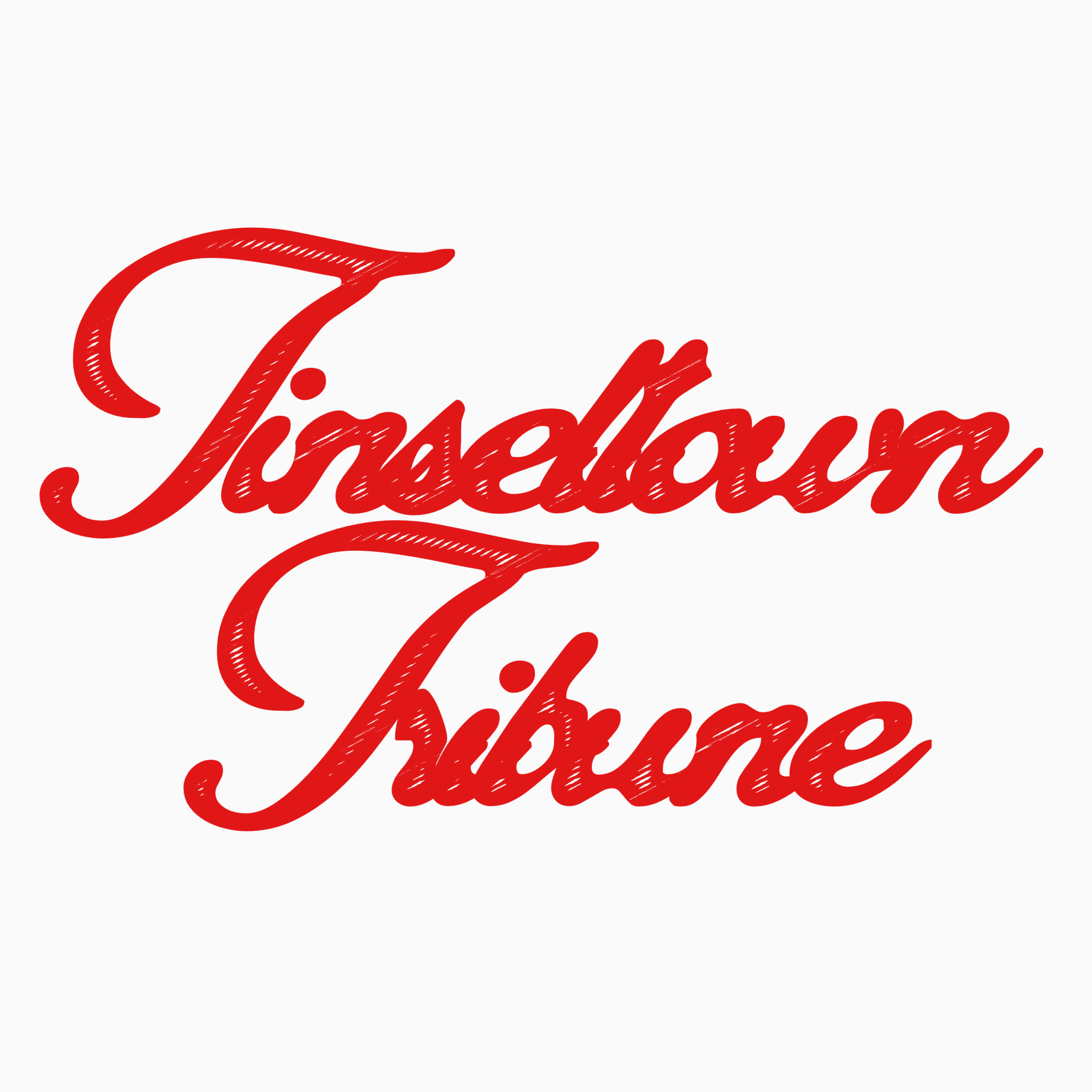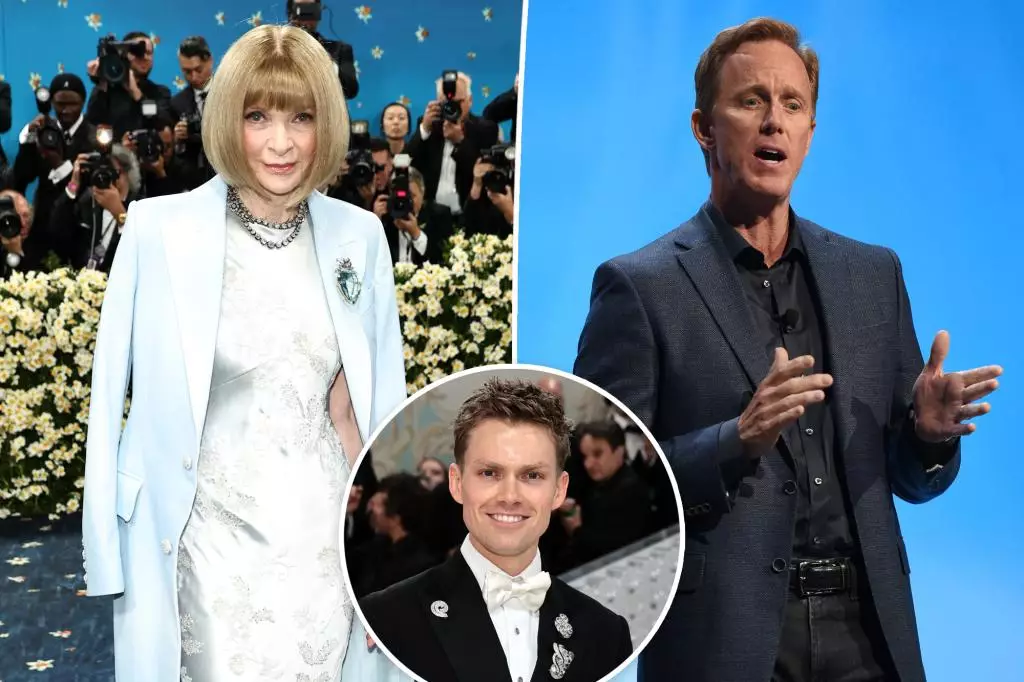In the ever-swirling dynamics of the fashion and publishing world, the selection of leadership at iconic magazines can often resemble a high-stakes chess game more than an editorial decision. Recently, the spotlight has been shone on Anna Wintour’s controversial appointment of Mark Guiducci as Vanity Fair’s global editorial director, and the ripple effects of this choice are proving to be just as delicate as they are fascinating. Sources suggest that Wintour’s decision diverged sharply from the prevailing mood at Condé Nast, signaling deeper undercurrents of power and influence at play within the company.
It is not uncommon for high-profile editorial appointments to generate buzz and speculation, but the added layer of familial connections and personal alliances makes this situation particularly intriguing. Guiducci, known for his close ties with Wintour’s daughter, Bee Shaffer, has been labeled by some as a “nepo hire,” a term reflecting the prevailing sentiment of nepotism within elite circles. This perception may undermine his credibility in a fiercely competitive and talent-driven industry, where merit should reign supreme.
Wintour’s Entourage: Navigating the Power Dynamics
While reports suggest that Wintour acted independently in announcing Guiducci’s appointment, differentiating her decision from the input of Condé Nast CEO Roger Lynch, the reality may be less clear-cut. Some insiders argue that Wintour may have indeed “steamrolled” Lynch, but others counter that Lynch’s absence from meetings concerning editorial selections is not unusual and does not necessarily indicate a lack of collaboration.
This dichotomy poses questions about the influence wielded by Wintour at Condé Nast. Is she positioning herself as the unassailable queen of the Vogue empire, or is she navigating a carefully curated web of relationships and opinions? The perception of internal conflict has the potential to destabilize not only the morale within Vanity Fair but the overarching brand identity of Condé Nast as well.
The Reactions: A Mixed Bag of Emotions
Reactions to Guiducci’s appointment have been notably mixed, with reports of a “dire” mood resonating throughout Vanity Fair’s offices. An editorial team historically accustomed to changes in leadership must now grapple with the implications of a decision that many believe to be tinged with favoritism rather than objective selection criteria. Would-be supporters of Guiducci’s tenure face an uphill battle in rallying enthusiasm against a backdrop of skepticism, personal ties, and a lingering whisper of dissatisfaction.
Interestingly, Guiducci himself expressed profound gratitude and excitement upon taking the reins, framing his return to Vanity Fair as a pivotal moment in his career. However, the optimist’s vision for the magazine runs contrary to the more pessimistic, resigned outlook echoed by staff. One insider’s assertion that Wintour aimed to bring on someone “to control” suggests deeper motivations behind her choice, reinforcing the notion that decisions at this level are rarely uncomplicated and often laden with multi-faceted agendas.
The Broader Implications on Editorial Independence
The implications of this appointment transcend Vanity Fair and reflect broader trends in the media landscape. As titles grapple with evolving consumer preferences, shifting societal norms, and the weighty expectations of their audiences, the appointment of editors who inspire credibility—rather than raise eyebrows about their career trajectories—becomes increasingly imperative. The ongoing discourse surrounding nepotism in the industry only amplifies this tension, calling into question the extent to which connections can enhance or inhibit creative direction.
For Wintour, the stakes are undeniably high. While her reputation as a formidable player in publishing remains intact, the fallout from this selection could establish a legacy that resonates long after Guiducci’s tenure. As the drama unfolds, staffers and industry observers alike will be watching not just the strategies Guiducci implements, but also how Wintour maintains her influence as the grand dame of fashion through an increasingly unpredictable editorial landscape. The dialogue surrounding this hire is more than just an internal affair; it reflects the complexities of cultural dynamics shaping the competitive realm of high-end journalism today.

